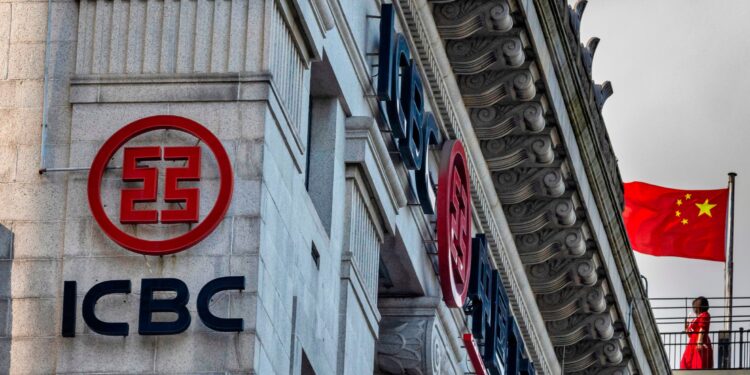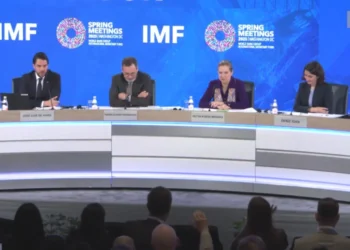By Emmanuel Nduka
The largest Chinese banks are providing billions of dollars to Russia as sanctions compel Western lenders to leave the country, a report by Financial Times (FT), has informed.
According to the report, four of China’s largest banks have taken these measures as part of Beijing’s attempts to promote the renminbi as a viable alternative global currency to the dollar.
The latest official statistics examined for FT by the Kyiv School of Economics, China’s exposure to Russia’s banking sector quadrupled in the 14 months to the end of March this year.
The Industrial and Commercial Bank of China, Bank of China, China Construction Bank, and Agricultural Bank of China increased their combined exposure to Russia from $2.2 billion to $9.7 billion in the 14 months to March, with ICBC and Bank of China accounting for $8.8 billion of the assets, according to Russian central bank data.
Western banks were reportedly under intense pressure from authorities and politicians in their respective nations to depart from Russia, while international sanctions have made business much more difficult.
“The loans by Chinese banks to Russian banks and credit institutions, which are for the most part a case of the yuan taking the place of dollars and euros, show the sanctions are doing their job,” Andrii Onopriienko, deputy development director at the Kyiv School of Economics, who compiled the data, said.
The emergence of renminbi trading emphasises Russia’s economic shift to China, with trade between the two nations reaching a record $185 billion in 2022.
Before last year’s invasion, reports suggest that more than 60% of Russia’s export payments were made in what the country’s officials now refer to as “toxic currencies,” such as the dollar and euro, with the renminbi accounting for less than 1 percent.
According to Russia’s central bank data, “toxic” currencies now account for less than half of export payments, while the renminbi accounts for 16 percent



































